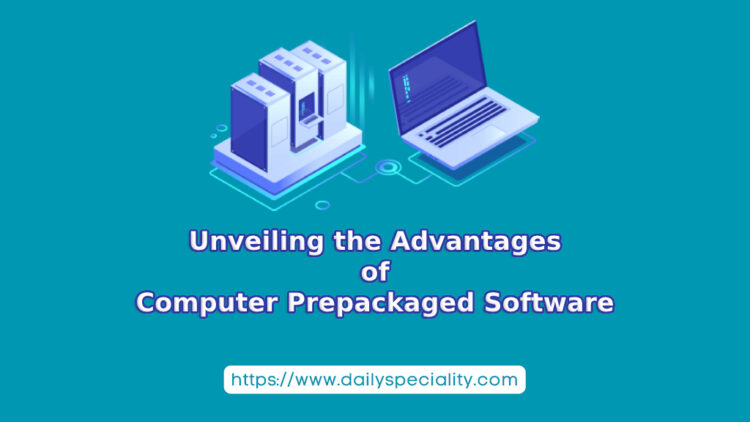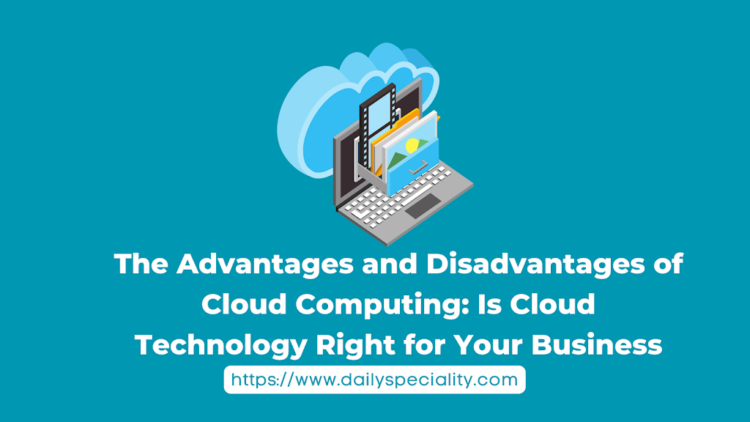
Dailyspeciality.com – Personal computing has come a long way since the first programmable computer was invented in the 1940s. From typewriters to touchscreens, the evolution of personal computing has revolutionized the way we live and work.
1. The Birth of Personal Computing
The first personal computer, the Altair 8800, was introduced in 1975. It was a kit that had to be assembled by the user and required knowledge of computer programming to operate. It was a significant milestone in the evolution of personal computing, as it introduced the idea that computers could be used by individuals and not just large organizations.
2. The Rise of the PC
The 1980s saw the rise of the personal computer. Companies like Apple and IBM introduced affordable and user-friendly computers that could be used in homes and offices. The graphical user interface (GUI) was introduced, making it easier for users to interact with their computers using a mouse and icons instead of typing commands.
3. The Internet Revolution
The 1990s saw the rise of the internet, which revolutionized the way we communicate and access information. The World Wide Web was invented in 1989 by Tim Berners-Lee, and by the mid-1990s, the internet had become a part of everyday life. The introduction of web browsers like Netscape Navigator and Internet Explorer made it easier for people to access information and communicate with each other online.
4. The Mobile Revolution
In the early 2000s, the mobile revolution began. The introduction of smartphones and tablets made it possible for people to access the internet and use apps on the go. The iPhone, introduced in 2007, was a game-changer, as it introduced the concept of the touchscreen and a user-friendly interface that made it easy for people to use their phones for a variety of tasks.
5. The Future of Personal Computing
As technology continues to evolve, the future of personal computing is exciting and full of possibilities. The rise of artificial intelligence (AI) and machine learning is transforming the way we interact with our devices. Voice-activated assistants like Siri and Alexa are becoming more sophisticated, and are capable of performing a wide range of tasks, from setting reminders to ordering groceries.
Virtual and augmented reality are also expected to play a significant role in the future of personal computing. Virtual reality headsets like the Oculus Rift and the HTC Vive are already being used for gaming and entertainment, but they have the potential to revolutionize fields like education and healthcare.
6. The Impact of Personal Computing
The evolution of personal computing has had a profound impact on the way we live and work. Computers and the internet have made it easier for us to access information, communicate with each other, and work more efficiently. They have also transformed industries like entertainment, education, and healthcare.
However, the rise of personal computing has also had its challenges. The internet has made it easier for cybercriminals to steal personal information and commit fraud. The rise of social media has also had a negative impact on mental health, as people spend more time online and less time interacting with each other in person.
The evolution of personal computing has been a remarkable journey, from the first programmable computer to the rise of smartphones and tablets. As technology continues to evolve, we can expect personal computing to play an even greater role in our lives in the years to come. However, we must also be aware of the challenges that come with this technology and work to address them to ensure that personal computing continues to enhance our lives in positive ways.


